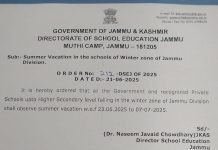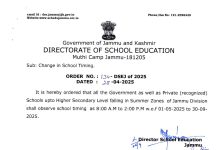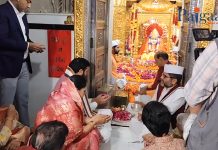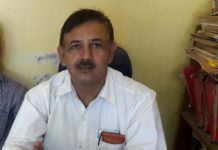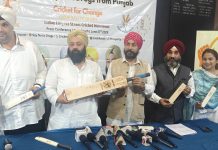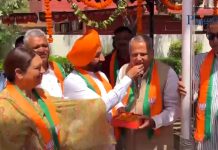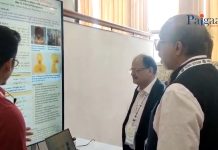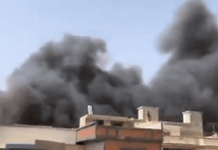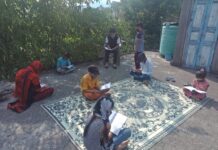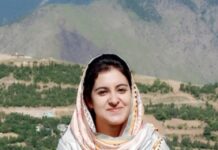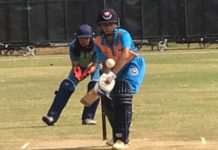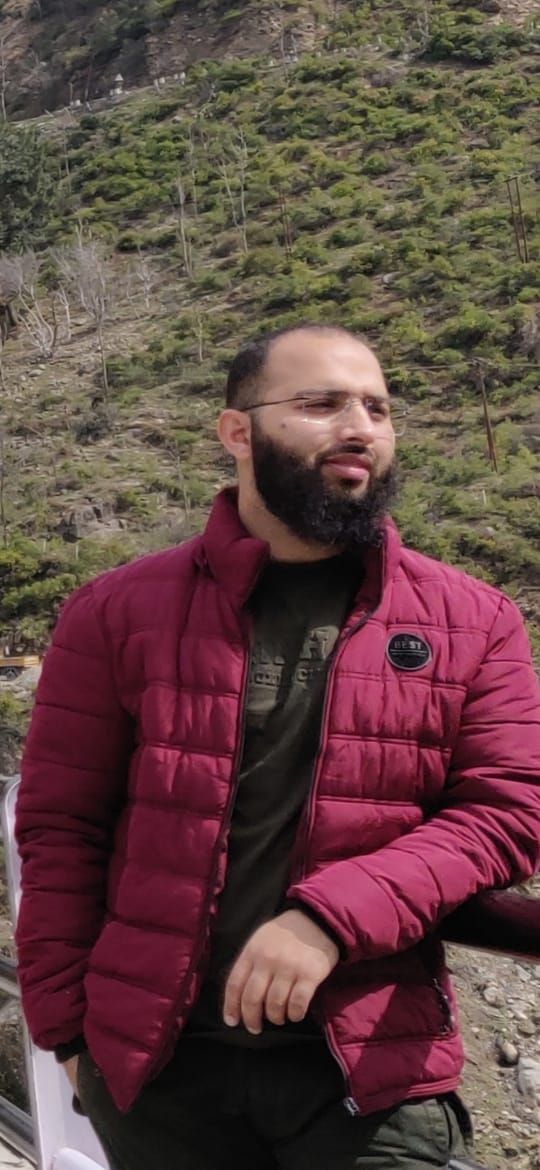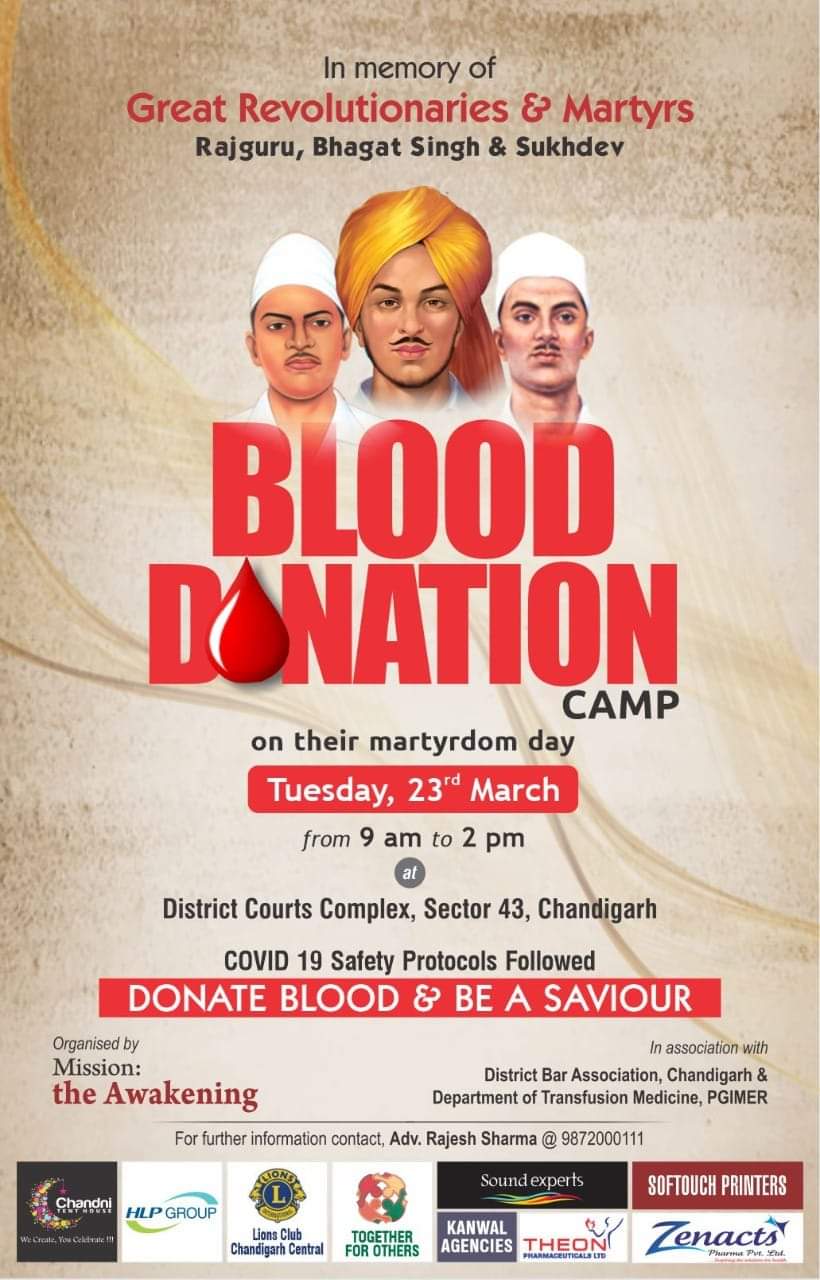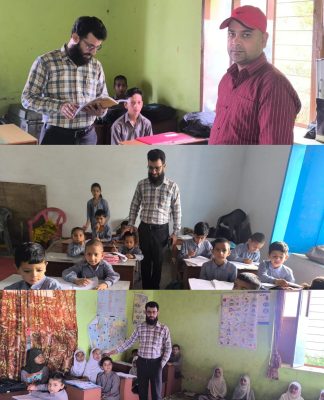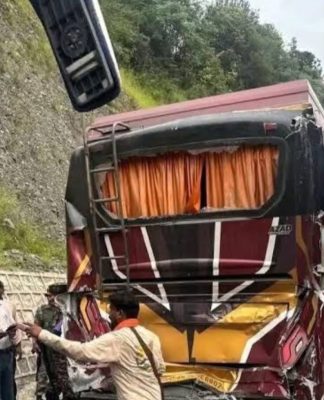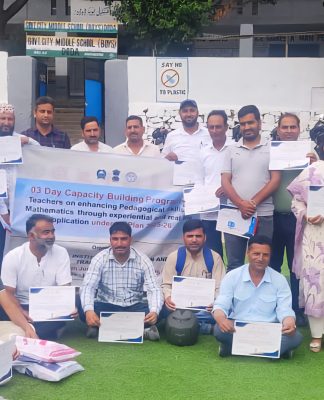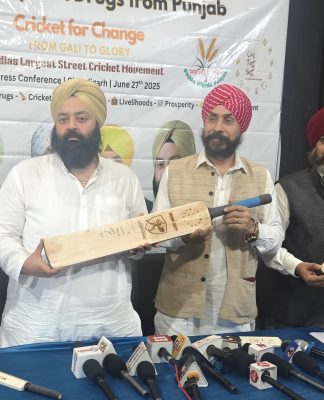Ladakh (LADAK) , a region of 59,196 square kilometres (58.33 percentage area of the entire state),
having a population of around 2.9 lakhs, occupying the north-eastern region of Jammu and
Kashmir, was on February 8th, 2019, under SRO-110 , by the gubernatorial administration declared as a
separate administrative and revenue division.
Earlier it used to be a part of Kashmir division – one of the
only two divisions in the state, till this order. This essentially means Ladakh would be housing not less
than 40 different divisional offices , headed at the top, by a divisional commissioner (which as of now
stands appointed) and an inspector general of police.
Attracting a fair share of criticism from varied quarters, driven by the perception that the decision was
lot more than the purported pure “administration concerned” one, it was nevertheless conceded that a
region possessing such an inhospitable terrain , being geographically isolated , having a unique culture
and politics , a substantially distinct ethno-linguistic characteristics , as critical strategic location as it can
get, definitely deserves a divisional status.
The domain of this write up is to critically analyse demands for administrative status of similar nature
being raised for other regions in the state.
The decision stoked yesteryears’ fault lines which had been lying dormant for quite a long time now. It
renewed debates revolving around identity and identity politics , region and regional politics ,
development and developmental politics. Loud, clamorous calls for similar administrative restructuring
echoed from two principal regions – the Pir Panjal and the Chenab valley region ; one deriving name
from the mountain range and the other from river flowing along. It needs to be kept in mind that J and K
is not just like another state in the country that redrawing administrative lines would be taken as a
routine administrative matter driven by pure public convenience concerns. Rather so many subtle
dynamics are at play here that tampering with one germinates serious suspicions and even leading to a
full blown out law and order situation sometimes.
“Chenab valley region celebrates vacation as per the Kashmir valley pattern ; our climate and the culture
of the majority finds resonance with the valley. Why are we with Jammu division at all to begin with ? ” .
These were the words of one of my acquaintances here in Bhadarwah town , district Doda, while a
discussion was happening post Ladakh order.
“If majority decides as to what should happen in a
democracy, float a referendum to decide where we should ally administratively !”, exclaimed another
person sitting adjacent to me.
Demands and plans to restructure the State of J and K are not new .They have been advanced earlier as
well. Announcement to grant divisional status to the two regions under discussion, by Ex. Chief Minister
of J and K and vice president of NC , Omar Abdullah is not what came to his mind accidentally post
Ladakh affair ; Infact this promise dates back to 1999, when the then State government of National
conference constituted first “regional autonomy committee” (RAC) which recommended reconstitution
of J and K’s (then) existing provinces into eight (8) new ones.
The controversial Kashmir study group , “Kashmir , A way forward” from 2000 , recommended creation
of a sovereign Kashmir state which includes Kashmir valley along with Doda , Gool Gulab Garh tehsil of
Udhampur , Poonch , Rajouri as well as Kargil.
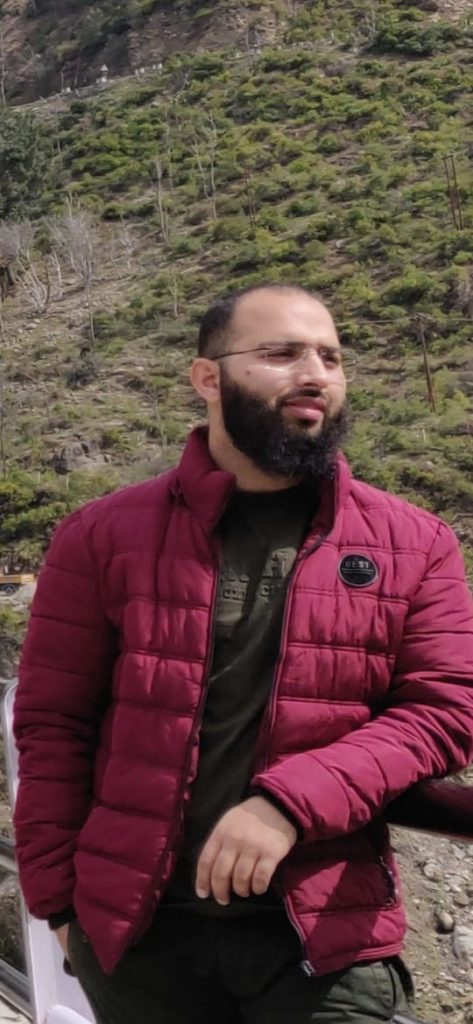
The infamous UN mediator’s Dixon plan of 1950 (Sir Owen Dixon) recommended partition of state as
well.
Similarly, elements within Praja Parishad (1950s) , had made demands of detaching Ladakh and Jammu
from the Valley , if full integration of State be not achieved quickly , which happened to be their primary
call.
Vishwa Hindu Parishad (VHP) went a step ahead and demanded creation of a separate
Union Territory for Kashmiri Pandits ; carved within from the valley, as part of their recommendations
regarding state administrative alterations.
Come to RSS, the demand gets a bit more radical which sought separate statehood for
Jammu and a Union Territory for Ladakh. Voices of a separate Jammu state find another echoer in the
contemporary times under the name of DOGRA SWABHIMAN SANGHATAN (DSS).
Elements with in the recently banned JAMAT E ISLAMI also support the idea of the division
of the state.
Among the justifications quoted oftentimes to support division of the state , one is that it is in the
nation’s interest to limit the area of operations of the security forces.
“ All these divisional and administrative alterations aren’t going to change the
politically disputed character of the state and no other solution can resolve it other than the purposely
forgotten PLEBISCITE” , came the retort to a query to another fellow sitting nearby !
UNDERSTANDING DIVISIONAL CREATION DEMAND WITH CHENAB VALLEY AS THE REFERENCE REGION:
“The erstwhile district Doda has always been perceived by the experts and the non experts, the common
man and the researchers as a socio-lingual , a cultural and a geographical extension of the valley. If they
even intend to do any administrative alterations that should be replacing Jammu division’s overarch with
the Kashmir division’s , given the exceptional contiguity factor with the latter . Alternative road links (to
NH-44) for the valley must be opened and made pliable , specifically the Dessa – Kapran road . I fear
allowing any administrative re-make up of any other type might land us on the doorsteps of a larger
trifurcation agenda” .
These were the words of an elderly person when asked for his opinion on the SAC’s
decision of granting divisional status to Ladakh.
Before coming to my moot argument segment let me make some irresistible and necessary passing
remarks on the varied recommendations made by diverse groups mentioned above.
Wouldn’t a separate Jammu State necessarily mean losing all the ties and connections,
whatsoever remain in whatever form , with the old royal Dogra empire, whose foundations were laid by
Dhruv Dev of Jamwal family ? Would the common Dogra be ready for this sacrifice ?
Wouldn’t a separate UT for Kashmiri Pandits mean ghettoization of a community who
identity themselves and are identified with the idea of Kashmir and Kashmiriat ?
Doesn’t splitting or re-shaping of state , making region or religion as the base mean yet
another disguised partition ? Wouldn’t that reinforce the bigoted assumption that pluralistic , multi
cultural or multi religious existence is a myth ?
Doesn’t making administrative convenience as the shield for reimagining divisional break-up
make one ask whether a subtle form of gerrymandering might not be at work here ?
Wouldn’t creation of disproportionate number of divisions mean an unjustified burden on
State exchequer which stands already struggling with its lopsided , heavy spending on revenue
expenditure ? At times when need for an aggressive public capital expenditure raise is felt , how can a
recipe for a burgeoning revenue expenditure be regarded as a move possessing providence ?
Wouldn’t smaller provinces and divisions erode the power of the already existing ones as each
one will simply not have enough resources to take up larger developmental works ?
I believe a demand for adequate legislative, financial and administrative decentralisation for the
Chenab valley region would be more prudent at the moment. Probably Hill development councils(HDCs)
on the lines on LAHDC – L and LAHDC -K would make more sense. HDCs should be complemented by
establishing of “Chenab valley affairs department” in civil secretariat to keep tap on developmental
issues surrounding the region and thus make a one stop arrangement for the channelling of any
budgetary allotments as well as for people’s convenience . Apart from that , for now, establishing and
reviewing working of mini secretariats in these regions should suffice .
These are the maximum administrative modifications I find, for now, appropriate.
What needs to be done essentially then other than this , as mere administrative
reimagining and reordering has never solved problems much ?
A realistic , substantial strengthening of institutions at multiple levels , be it the village level , the
tehsil level or the district level , is a must , irrespective of any “statuses” or administrative shiftings. A
responsive , accountable institutional structure would go a long way in settling and closing the crevices
which eventually manufacture discontent and distrust.
Isn’t it bizarre and unfortunate that in times , when majority of the Millennials and the Generation Z ,
is tech savvy , not even a single online interactive portal for grievance submission is in existence in the
district ? (I don’t count e-mail as an interactive portal).
The third tier of the Govt. must be equipped and empowered substantially in the real sense of the term.
Massive capital infusion at the ground level into the tourism sector , the industries and commerce sector
, roads and buildings , healthcare infrastructure, agriculture and allied sectors , housing and
transportation etc. is necessary to generate enough employment as well as adequate infrastructural
arrangements necessary for growth. This all must come through sufficiently decentralised Hill
Development Councils. Adding another level of administrative machinery wouldn’t solve problems ;
decentralised , empowered and accountable councils can !
Not being geographically as isolated as Ladakh stands ; not being culturally , linguistically and ethnically
as distinct and diverse as Ladakh is ; not being inaccessible for months together as Ladakh usually
remains , a demand on similar lines for a divisional status in Chenab valley seems more of a misplaced
musing than a scrupulously crafted panacea !
“ The divisional status promises more at the psychological level than on the ground level”.
I would request reprioritizing and re – imagining demands. The moment we do this , rest will follow !
By: UMAR MATTEEN ZARGAR ,
Masters in political science .
(A teacher by profession)


